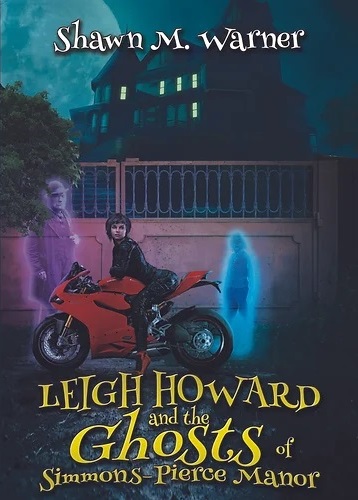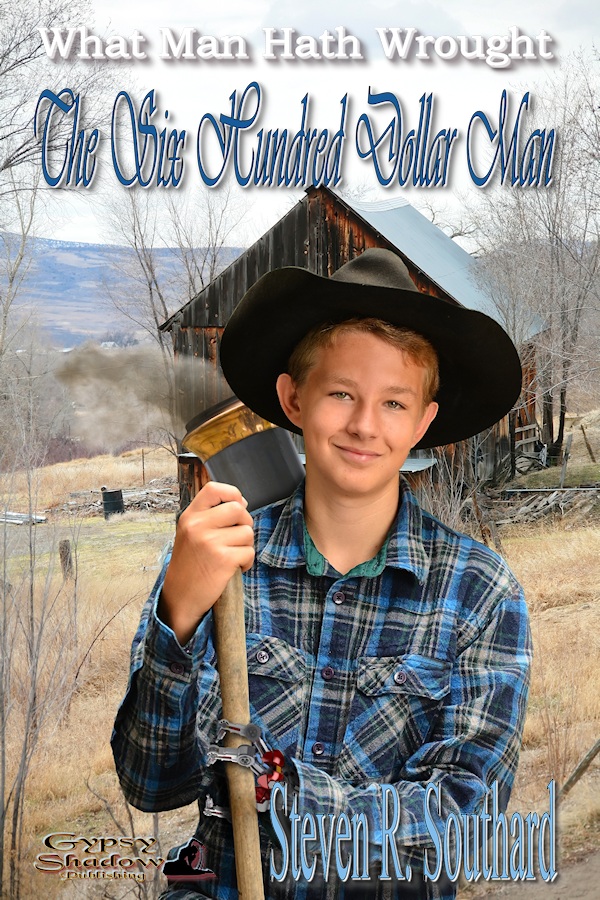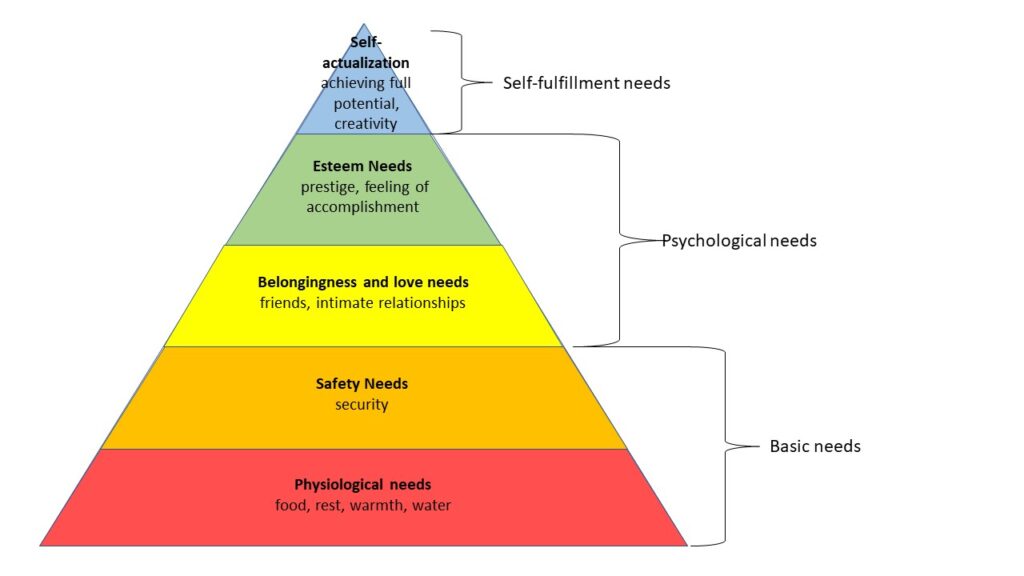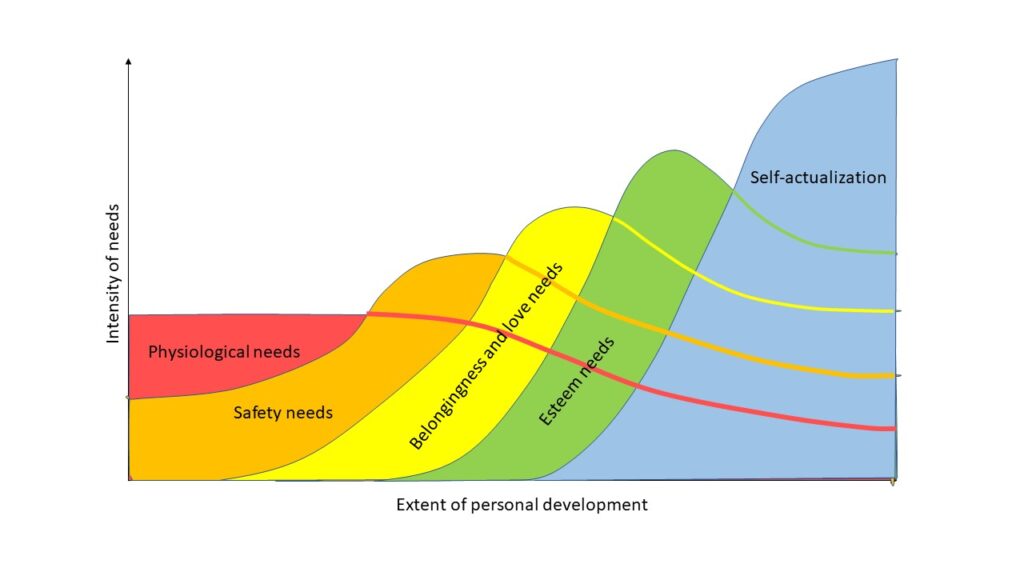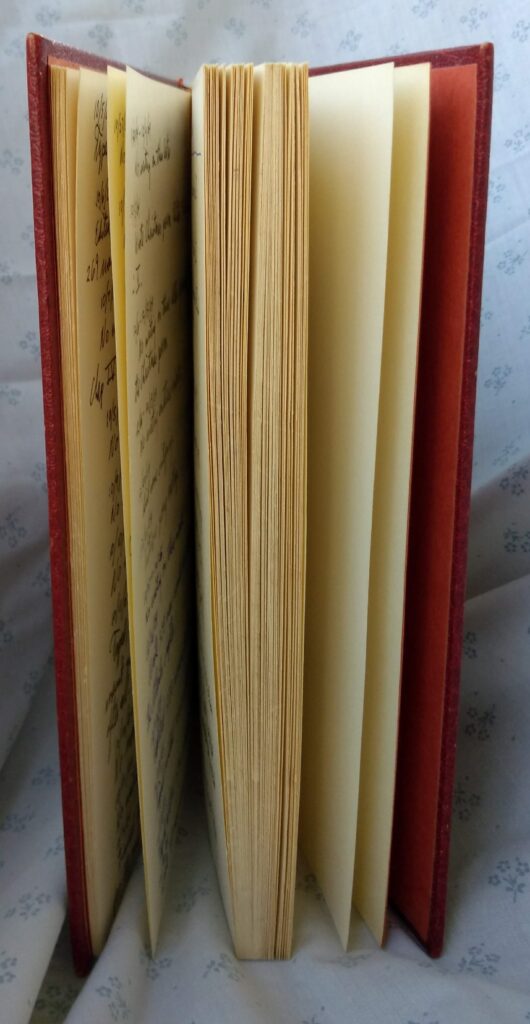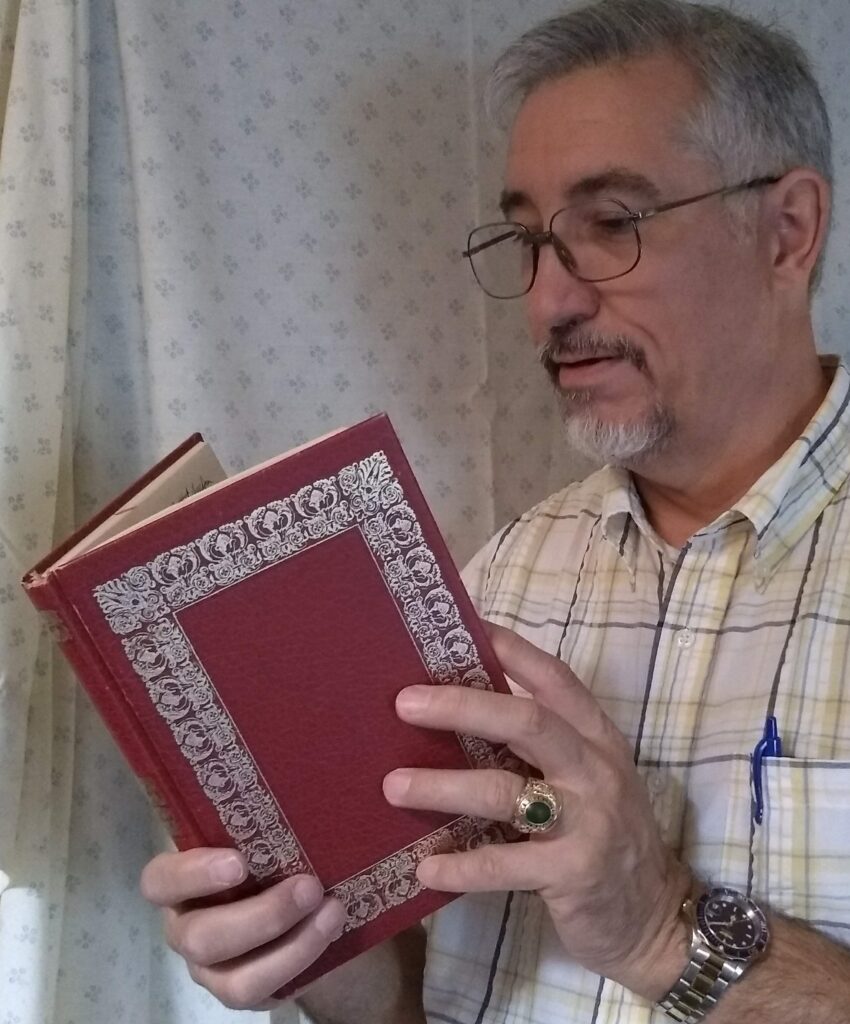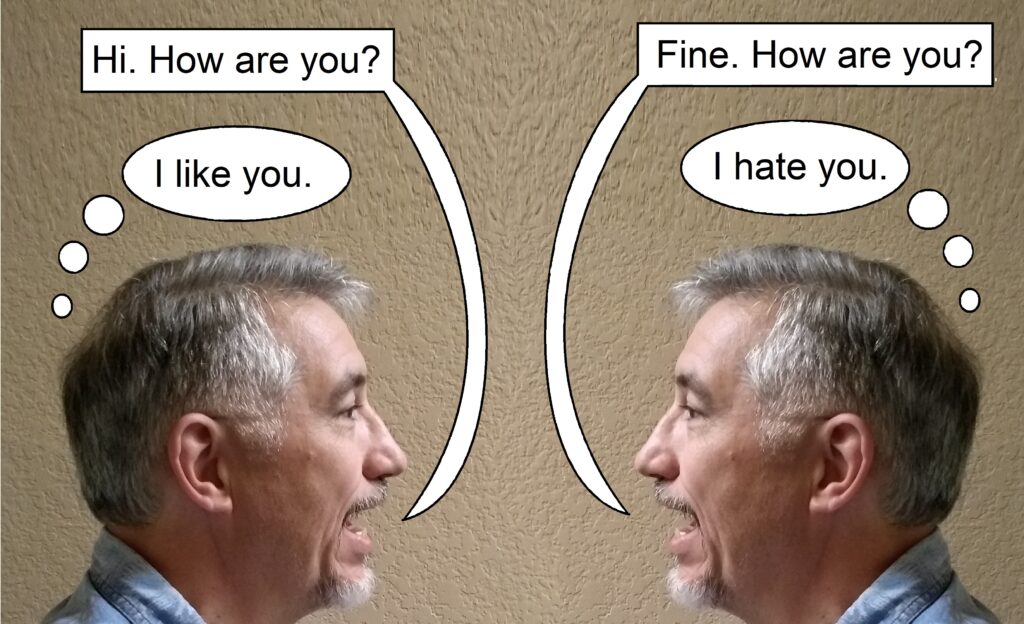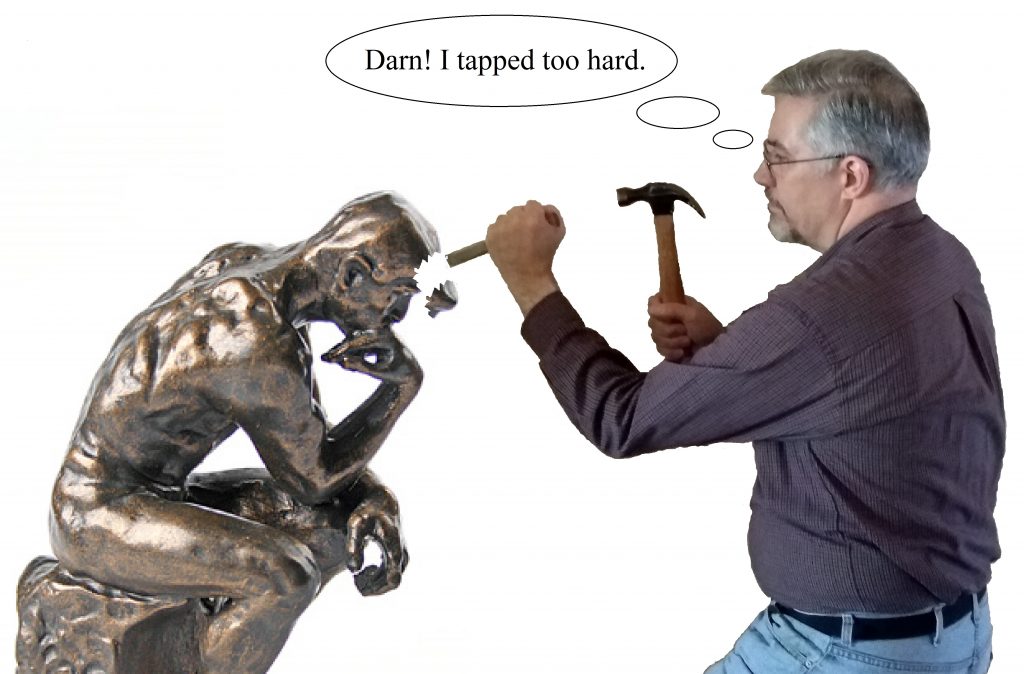Time for introductions. When writing fiction, you often must present a character to readers for the first time. As the saying goes, ‘first impressions are the most lasting,’ so make each a good one.
In this post, the team at NowNovel lists six ways to introduce characters to readers, and provides great examples of each from literature. In my post here, I’ll give you my own spin on this topic. Here are the six methods mentioned by NewNovel:
Methods
- Relate Backstory. Here you provide a character’s past history, a form of ‘origin story,’ to establish and explain personality and motivation. Take care not to drone on too long, or the info dump could bore readers.
- Discuss Reputation. In this method, you cause a known character to think or talk about an unknown character before arrival. That way readers get to know the new character in advance, from another’s point of view.
- Show Action. Depict the new character engaged in an activity. The reader then identifies the character with a specific hobby, job, or characteristic gesture or movement.
- Encounter Dilemma. You might show a new character struggling with a decision, on the horns of a dilemma. This reveals that character’s vulnerabilities, helps readers sympathize, and moves your plot along.
- Introduce Self. In this method, the character speaks to the reader in a ‘Call me Ishmael’ way. Simple and direct.
- Present Description. Here the author describes the new character so the reader forms a mental impression.
When to Use
Each method presents opportunities and challenges. You can even use some of them in combination with others. The first and sixth, if too long, can cause readers to lose interest in the characters and lose respect for the author. The second method works well for introducing antagonists, or any character with an air of mystery, and can built tension. You might reserve the third method for action-oriented characters, or those for whom their job or hobby dominates their lives. The fourth method also creates tension and works well for characters whose later decisions impact the plot, especially the ending. As for the fifth method, that works well early in first person novels where your protagonist narrates the story.
If you use the sixth method, consider descriptions beyond the sense of sight. Show readers the character’s scent, and maybe a sound, perhaps a sound other than a spoken voice. Remember, too, that these two senses work when out of sight, around corners, etc.
How to Decide
For your major characters, you may have written summaries (possibly called portraits or biographies) that include detailed descriptions. The summaries help you envision vivid characters with realistic aspirations and motivations. You’ll sprinkle data from these summaries throughout the novel, and may repeat some items for emphasis, and probably won’t use some facts at all. You’ll keep these summaries at the ready as you write the story, to ensure you keep facts straight and stay consistent.
As you create the summaries, give some thought to how you’ll introduce each character to the reader. In each case, which method of introduction best serves the story? If a particular introduction, once written, feels wrong, re-write it using one or more different methods and select the best. By ‘best,’ I mean the method you judge as the optimum for creating a memorable impression on the reader, and advancing (or not slowing) the plot.
Now, get back to writing. You’ve got a lot of characters to deal with, and a world of readers anxious to meet them. As for me, well, you know me already. Call me—
Poseidon’s Scribe



